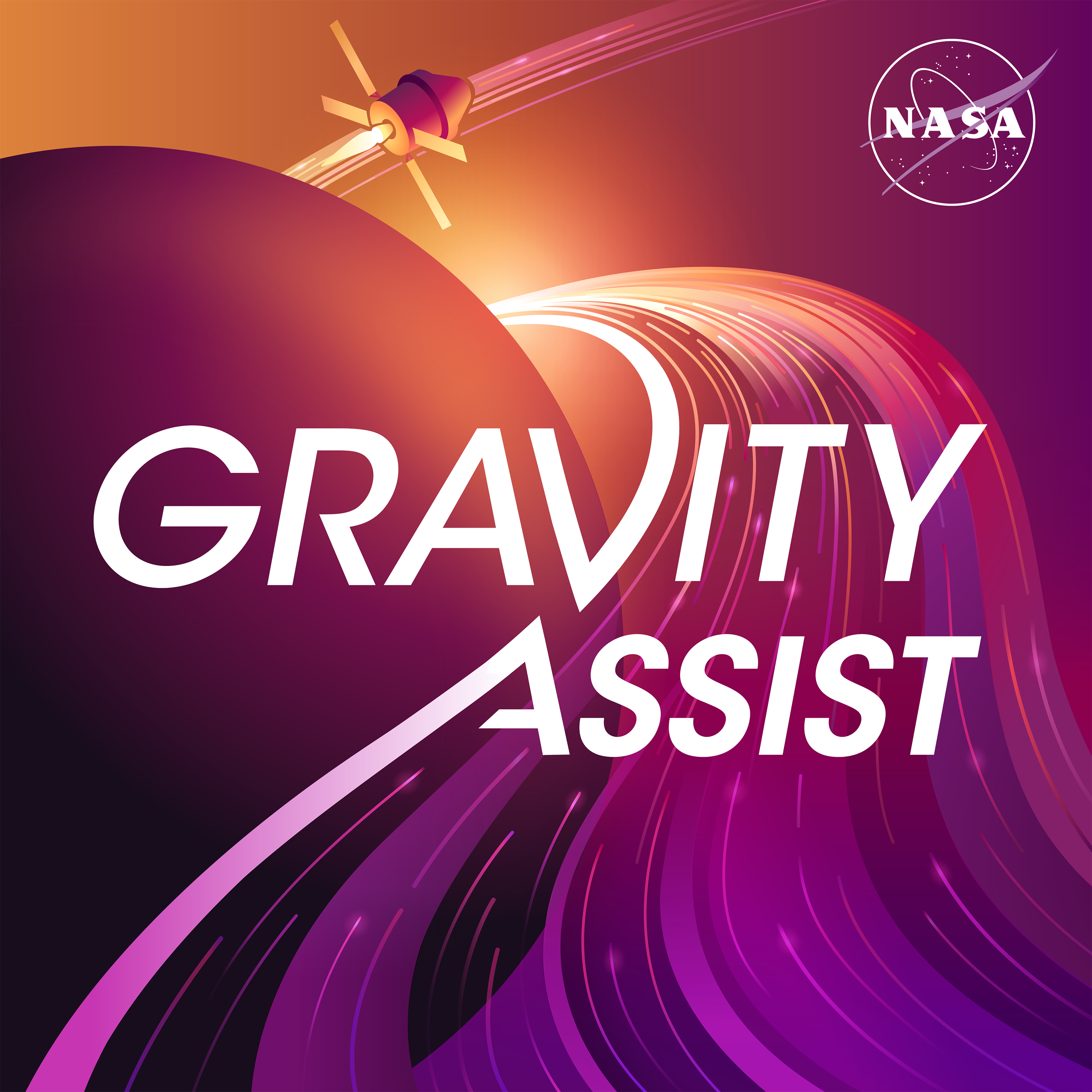NASA’s interplanetary talk show, hosted by former Chief Scientist Jim Green, introduces you to space professionals working to take exploration into the future.

NASA’s interplanetary talk show, hosted by former Chief Scientist Jim Green, introduces you to space professionals working to take exploration into the future.
Recent maps of the Moon's gravity have taught us a lot about its overall shape, and have been invaluable for lunar exploration. Maria Zuber, principal investigator of the Gravity Recovery and Interior Laboratory (GRAIL) mission, reflects on the twin spacecraft and their implications for future investigations.
Just like earthquakes help scientists figure out what's going on inside our home planet, moonquakes have taught scientists a lot about the interior of the Moon.
Early in its history, the Moon was molten, with “fire fountains” erupting from its surface. How did the Moon cool down and become the quiet, cratered world we know today? NASA’s Chief Scientist Jim Green chats with NASA’s Deputy Chief Scientist Dave Draper about the Moon’s volcanic past and what we have learned from Apollo lunar samples.
From lunar samples brought back in the Apollo program, scientists have figured out that the Moon once had a shield around it called a magnetosphere, just like the Earth has today. As NASA prepares to send humans to the Moon, and eventually on to Mars, scientists are exploring the Moon's magnetic past.